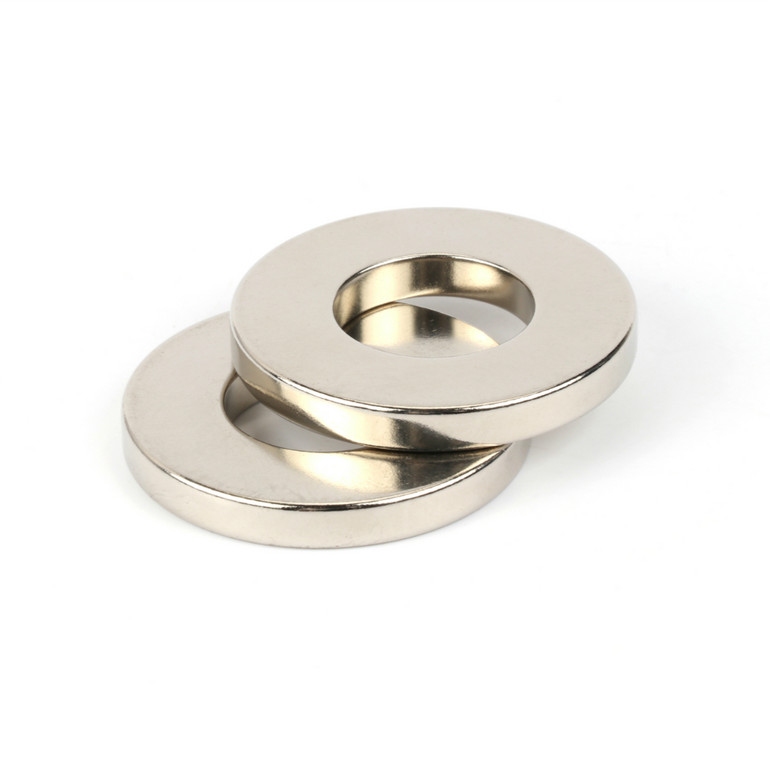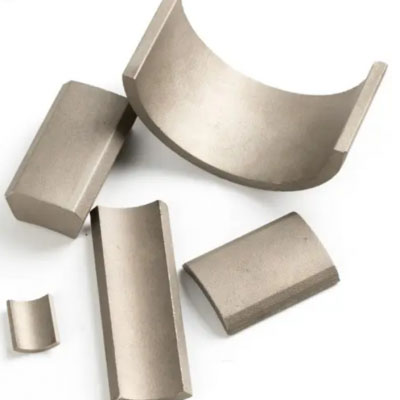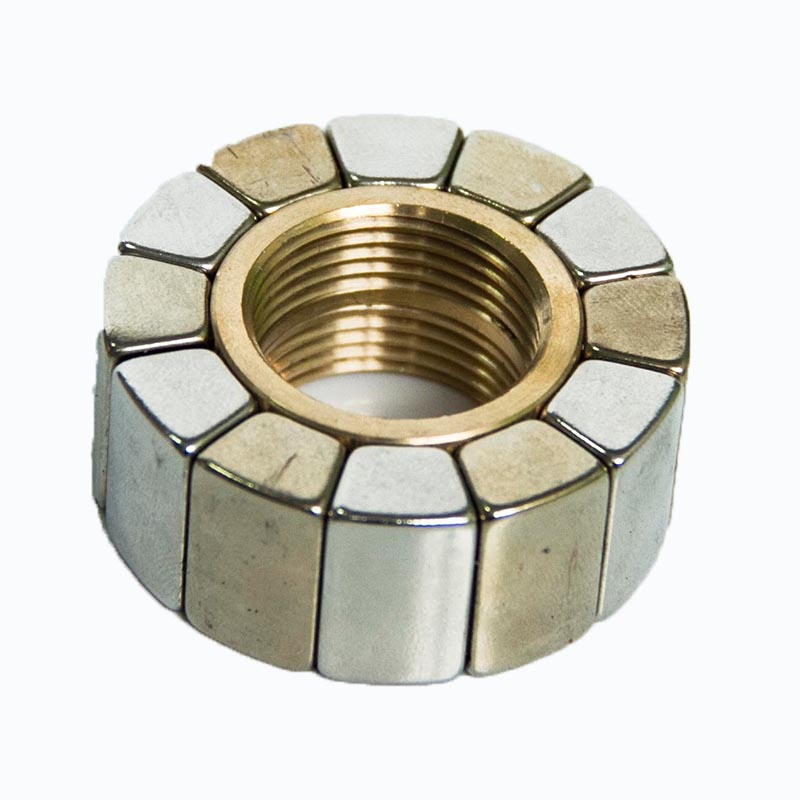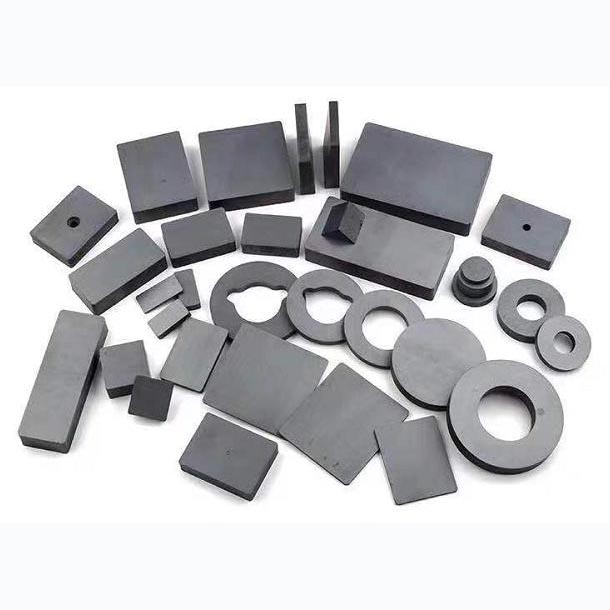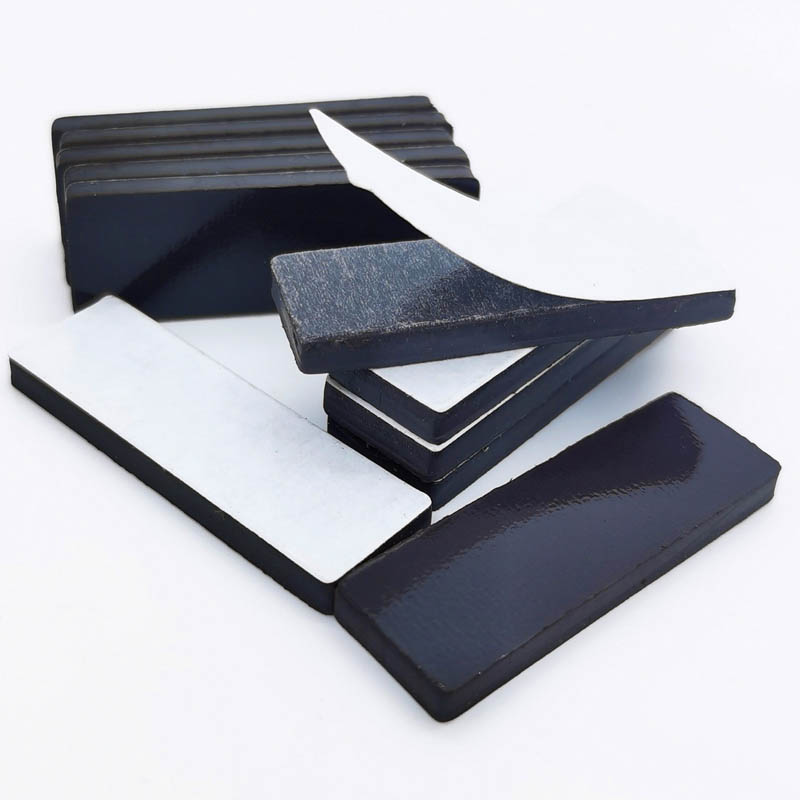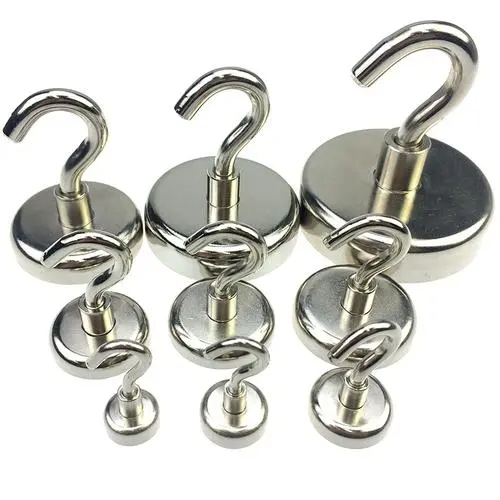What Are Flexible Magnetic Strips?
Flexible Magnetic Strips are thin, bendable materials composed of magnetic particles (typically strontium Ferrite or neodymium) embedded in a polymer matrix (usually PVC, rubber, or vinyl). These strips combine magnetic properties with physical flexibility, making them ideal for applications requiring both adhesion and conformability to curved surfaces.

Key technical specifications:
Thickness range: 0.5mm to 3.0mm
Magnetic field strength: 800 to 3,500 Gauss
Operating temperature: -40°C to +80°C
Tensile strength: 10-25 MPa
Elongation at break: 150-300%
Characteristics of Flexible Magnetic Strips
1. High Flexibility
With a bending radius as low as 5mm, these strips can conform to complex curved surfaces without losing magnetic strength. The polymer matrix provides elasticity with a typical Young's modulus of 0.5-2 GPa, allowing repeated flexing without permanent deformation.
2. Customizable Magnetic Strength
The magnetic flux density can be precisely controlled during manufacturing, ranging from 800 Gauss for lightweight applications to 3,500 Gauss for heavy-duty uses. The magnetic field remains stable with less than 5% decay over 10 years under normal conditions.
3. Directional Magnetization
Advanced strips feature anisotropic magnetization with a preferred magnetic orientation, achieving 30-50% higher pull force compared to isotropic versions. The magnetic orientation can be customized as single-sided (one active face) or double-sided (both faces active).
4. Environmental Resistance
High-quality strips exhibit excellent weather resistance with UV stability up to 500 hours in QUV testing. They maintain functionality in humidity levels up to 95% RH and are resistant to most oils, solvents, and weak acids (pH 3-11).
5. Adhesive Backing Options
Most strips come with pressure-sensitive adhesive (PSA) backing with peel strength ranging from 20-50 N/cm. Special formulations include high-temperature adhesives (up to 120°C) or removable adhesives with >80% initial tack retention after multiple applications.
Applications of Flexible Magnetic Strips
1. Signage and Displays
Used in retail for magnetic poster hangers (supporting up to 1kg per linear meter) and exhibition systems. The flexibility allows curved display surfaces while maintaining 100+ attachment/detachment cycles without strength loss.
2. Industrial Automation
In manufacturing lines, magnetic strips secure sensor mounts with positioning accuracy within ±0.1mm. Their vibration damping properties (up to 90% reduction in high-frequency vibrations) protect sensitive equipment.
3. Automotive Applications
Used for attaching trim components with peel strength of 15-30 N/cm, resisting temperatures from -30°C to 85°C. Magnetic door seals improve insulation by reducing air gaps to less than 0.5mm.
4. Electronics and Appliances
Thin (0.6mm) magnetic strips secure tablet mounts in vehicles (withholding up to 5kg impact forces). In appliances, they enable tool-free access panels with 500+ open/close cycles.
5. Medical Devices
MRI-compatible versions with <1% magnetic interference are used for equipment mounting. Flexible strips with medical-grade adhesives (ISO 10993-5 compliant) secure wearable devices.
Maintenance Guidelines
1. Cleaning Procedures
Use isopropyl alcohol (70% concentration) for degreasing. Avoid acetone which can degrade the polymer matrix. For adhesive-backed strips, clean residue with citrus-based cleaners (pH 5-7) to prevent adhesive damage.
2. Storage Conditions
Store at 15-25°C with 40-60% RH. Keep away from strong magnetic fields (> 5,000 Gauss) that could alter magnetization. Stack rolls with >50mm diameter cores to prevent creasing.
3. Handling Precautions
When cutting, use sharp blades (30° angle) at speeds >2m/s to prevent edge deformation. For adhesive activation, apply pressure of 2-5 kg/cm² for 10-30 seconds at 18-35°C.
4. Performance Monitoring
Check magnetic strength annually with a gaussmeter (minimum 80% of initial value). For adhesive-backed strips, measure peel strength (should maintain > 70% of original value after 2 years).
5. Replacement Indicators
Replace when:
Visible cracks exceeding 0.2mm width
Permanent deformation > 5% of length
Magnetic strength loss > 30%
Adhesive transfer > 50% area upon removal




 English
English


